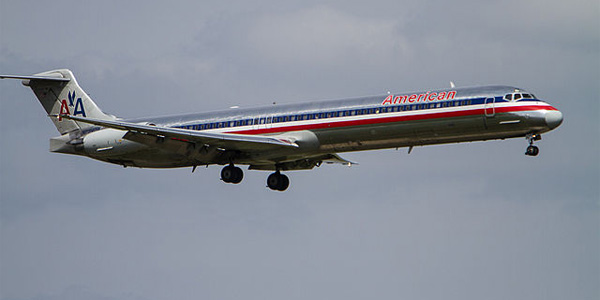Everyday wisdom suggests that the fastest way to a destination is a straight line, and so it usually is with land transportation, with roads and railways cutting a route as straight as possible between two points. Comparing the flight paths taken by aircraft to that of maps, however, would reveal that airplanes do not fly in straight lines. In many cases, air travel takes on a semicircular appearance or even immensely confusing paths across the globe to reach their destination.
The most obvious of the reasons behind the peculiar direction of flight paths is the shape of the Earth itself. The Earth is round, and the shortest way to two destinations across the planet is not a straight line but an arc.
Air currents and other atmospheric conditions are also a critical factor in planning the flight paths of aircraft. Specific air currents like the Gulf Stream can aid aircraft across vast distances, reducing travel time by a considerable margin. Even individual variations of wind patterns can make certain international flight routes financially preferable.
The limitations of aircraft have also affected flight paths in the past. Transatlantic flights from North America frequently used to stop over Shannon, Ireland, on their way to continental Europe for refueling purposes.
Image source: weatherworksinc.com
The politics of flight are also a crucial factor in determining the flight paths of international air travel. Major airlines pay an immense amount of money to sovereign nations to pass through their airspace en route to their destination, with some nations charging heftier fees than others. Air routes are often planned along minimizing and avoiding these fees, which can considerably add up, leading to unusual flight paths. In the past, no fly zones—such as those in the former Soviet Union—have created unusually long international flights.
Scott Beale is a seasoned entrepreneur and business developer with over 20 years of experience in the aviation industry. Learn more about the fine points of the industry of air travel from this blog.


No comments:
Post a Comment